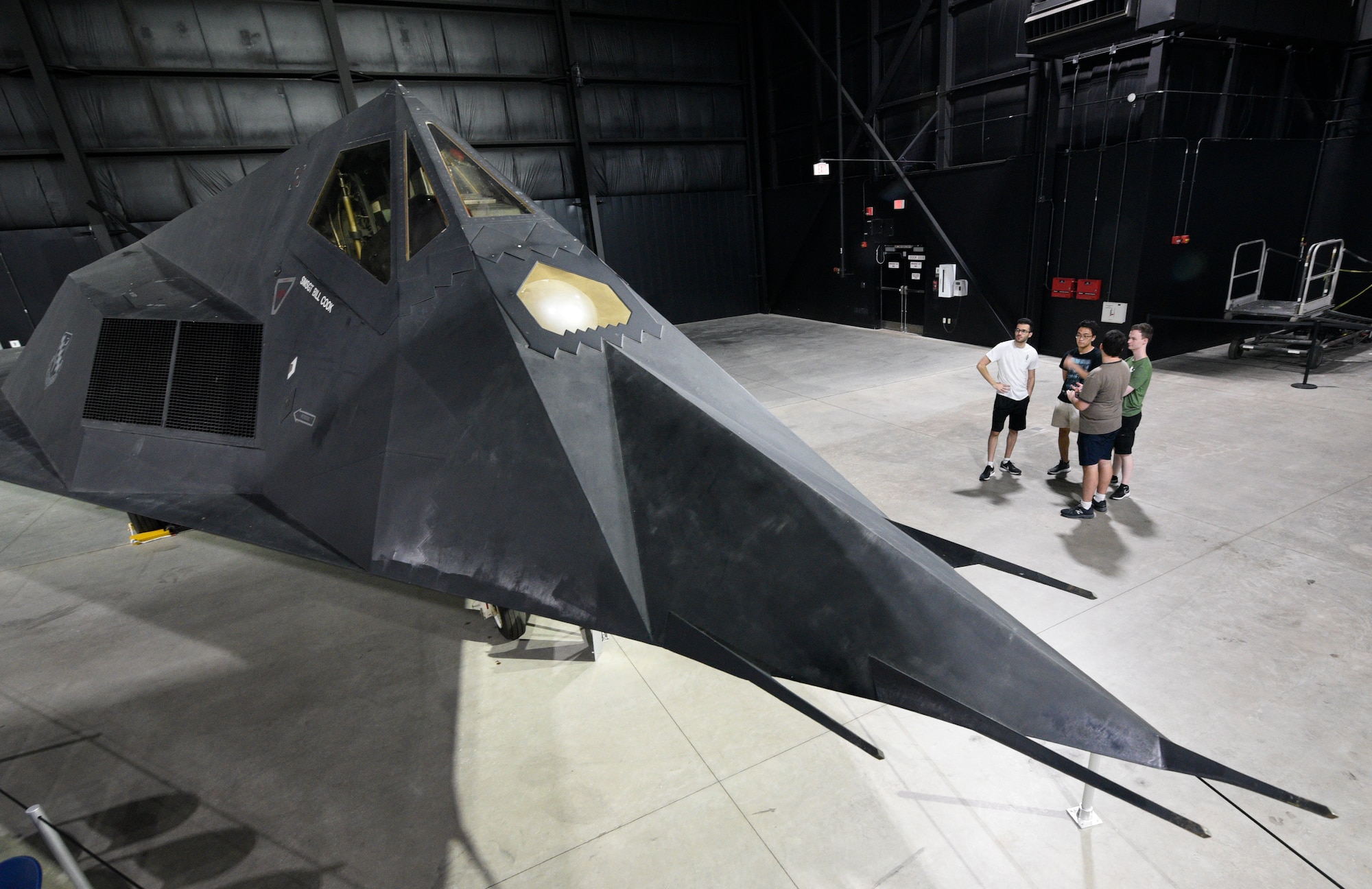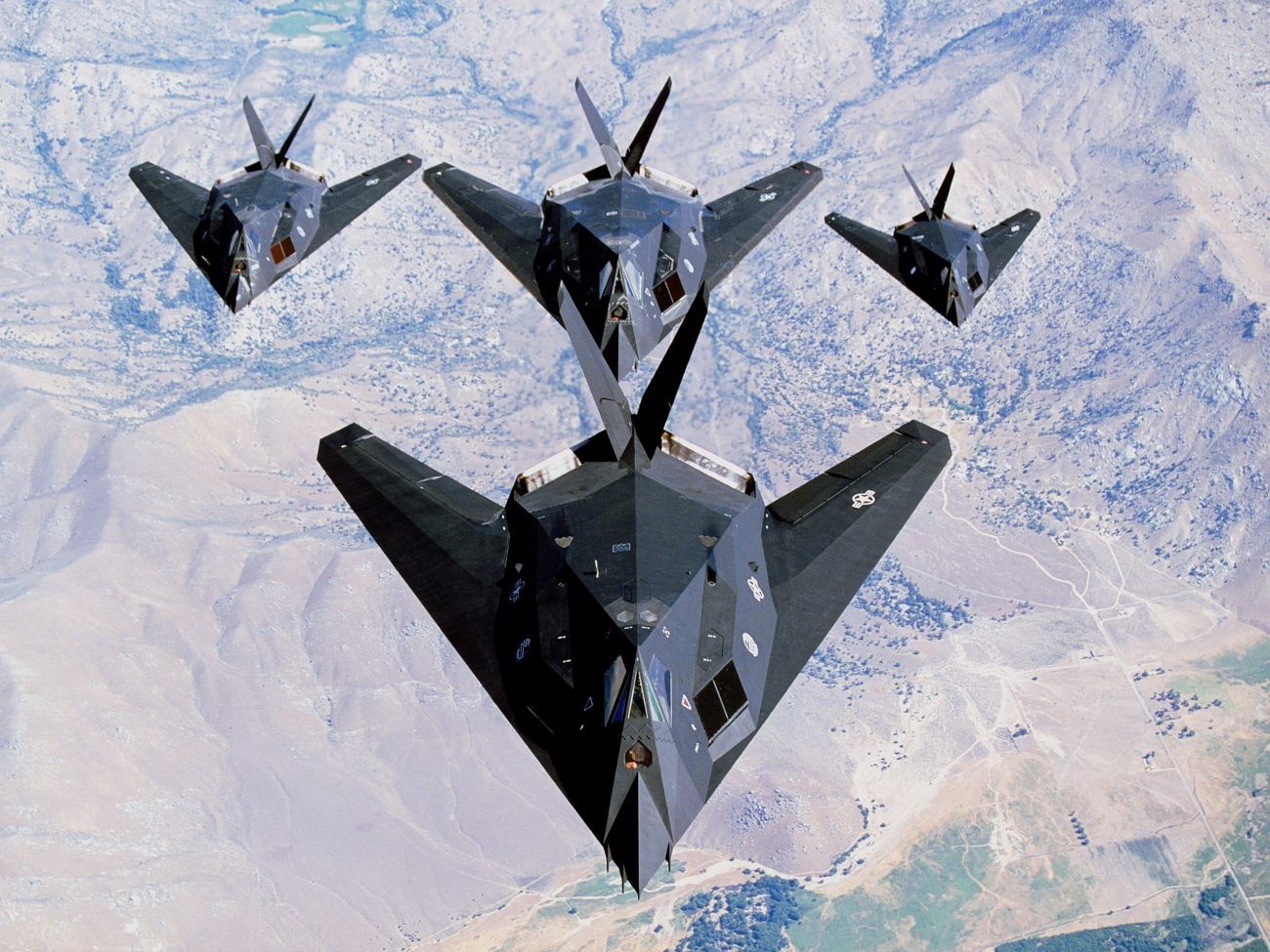The US Air Force retired its first-ever stealth attack aircraft in 2008 as more advanced fighters like the F-22 Raptor, F-35 Lightning II, and the B-2 bomber emerged on the horizon.
However, the F-117 Nighthawk has continued to fly years after its retirement, with the USAF exploring options to keep it in the skies for another decade.
The F-117A Nighthawk was the world’s first operational aircraft designed to exploit low-observable stealth technology. This laser-guided strike aircraft was able to enter high-risk airspace and attack vital targets.
The Nighthawk served the United States Air Force from 1983 until 2008 and was widely praised for its achievements during the Persian Gulf War of 1991 and the conflict in Yugoslavia.
The F-22 Raptor carried on the Nighthawk’s legacy. However, as evidenced by several sightings of this aircraft, it still serves the USAF years after its retirement. The US Air Force is preparing to retain some of its Nighthawks in the air until 2034.
This past fall, the US Air Force issued a Request for Information, looking for companies interested in a prospective 10-year contract to maintain the F-117 starting in 2024.
According to the RFI, the contractor must offer three services. The first and most crucial service required to keep the aircraft operational includes maintenance and logistics for F-117As engaged in “limited flight operations” at Nevada’s Tonopah Test Range or the classified Area 51.
Second, the Air Force is looking for contractors to keep F-117s in long-term storage and demilitarize and declassify extra F-117s for customers like museums. The RFI states, “Anticipated demilitarization/declassification rate expected is 2-3 aircraft per year.”

The third and one of the most stringent needs is for the contractor to maintain the stealth, or “low observable” (LO) features of the F-117, including “composite and structural repair support.”
The RFI also inquires about contractors’ experience identifying flaws in an aircraft’s stealth components using ground-based diagnostic imaging radar.
Air Force spokesperson Ann Stefanek told The Insider that the Air Force now has roughly 45 F-117s, of which more than ten have been given the go-ahead to be transferred to museums. Stefanek said, “As we demilitarize the aircraft, they will be made available to museums if requested or disposed of.”
It may be imperative to note that the F-117 Nighthawk was designated as a fighter aircraft despite being an attack aircraft. The F-117 Nighthawk was never intended for aerial combat but was designed to drop bombs. The USAF is trying to retain this archaic stealth aircraft at a time when its B-21 Raider stealth bomber of next-generation is gearing to take to the skies.
The F-117 Nighthawk Is Not Done Yet!
The most well-known purpose for the F-117’s continued usage is that of an aggressor aircraft. This means that the Nighthawks are being employed as “the adversary” in training exercises with modern front-line USAF aircraft such as the F-16s and F-15s, and now even the fifth-generation fighters like the F-35.
EurAsian Times reported last year that the aircraft participated in the ‘Winter Fury’ exercise held in February 2022 by the US Marines in the Indo-Pacific region.
In the two-week-long exercises, the advanced fifth-generation F-35Bs were pitted against stealthy F-117 aggressors, with the latter potentially representing the Chinese stealth fighters.
The Winter Fury exercise saw F-35Bs and F-117S simulating long-range strikes in Washington. The drills included maneuvers like taking an airfield, repairing runways quickly, and other never-before-seen training scenarios. The fact that the US chose the F-35 and F-117 speaks volumes about the significance of stealth fighters.

The F-117 Nighthawk had earlier made an afternoon landing at MCAS Miramar on October 20, 2020, and had left two days later, flying back directly to Tonopah Test Area after a mission offshore in the W291 range off Southern California.
The F-117s were spotted up close and personal in videos from 2021 and 2022, with many sightings of the aircraft occurring in Death Valley and the Nevada Test & Training Range. On one occasion, the plane was also seen with a mirror-like reflective coating which is believed to reduce the Infrared signature of the aircraft.

Besides playing the aggressor aircraft, the F-117 is known to have been simulating cruise missiles for missile defense training. In September 2021, US Air National Guard pilots flew against officially retired F-117s to test homeland defense missiles against cruise missiles.
The Nighthawk represented the missile threat, as previously reported by Aviation Week.
The Nighthawk has been in service for about 40 years, and some of the aircraft still have the TR tail code from their previous base at Tonapah. In the ultra-high-end battle, the F-117 is no longer helpful because the subsonic light bomber lacks the F-22 and F-35’s capacity to map out threat emitters and regulate its signature in real time.
However, with enemy stealth aircraft like the Chinese J-20 and the Russian Su-57 posing a threat, the aircraft will likely remain relevant for the USAF in the next decade.
- Contact the author at sakshi.tiwari9555 (at) gmail.com
- Follow EurAsian Times on Google News




